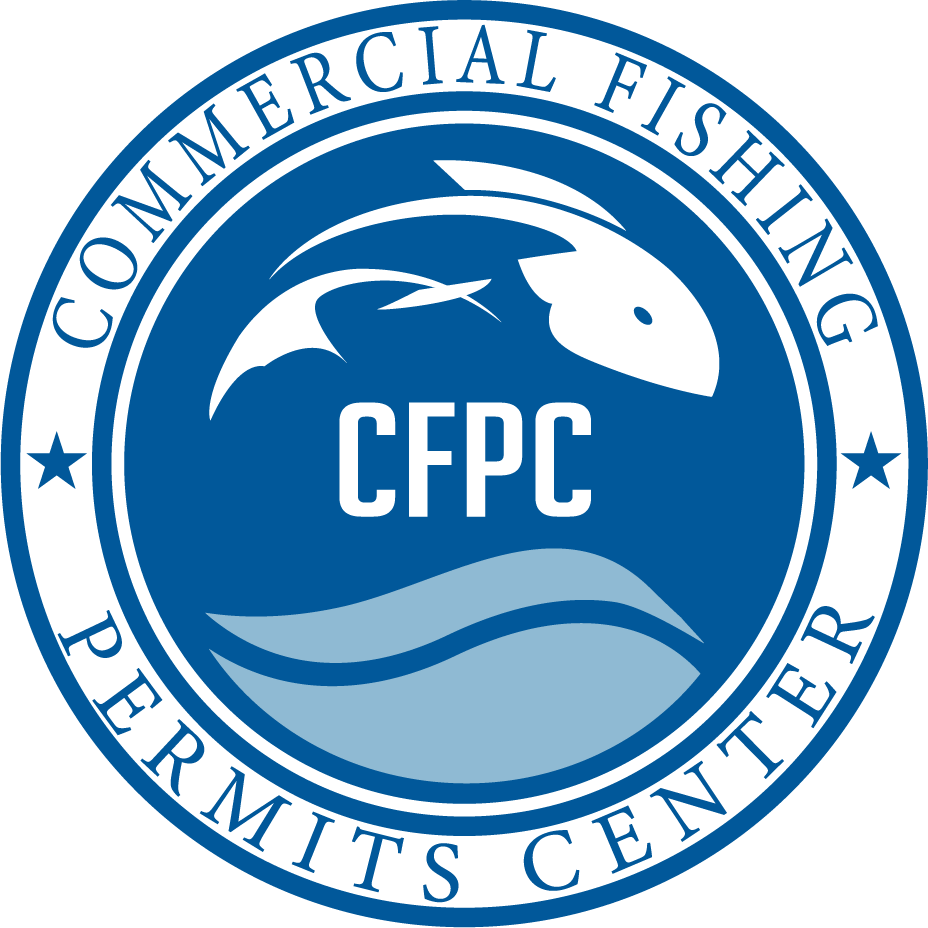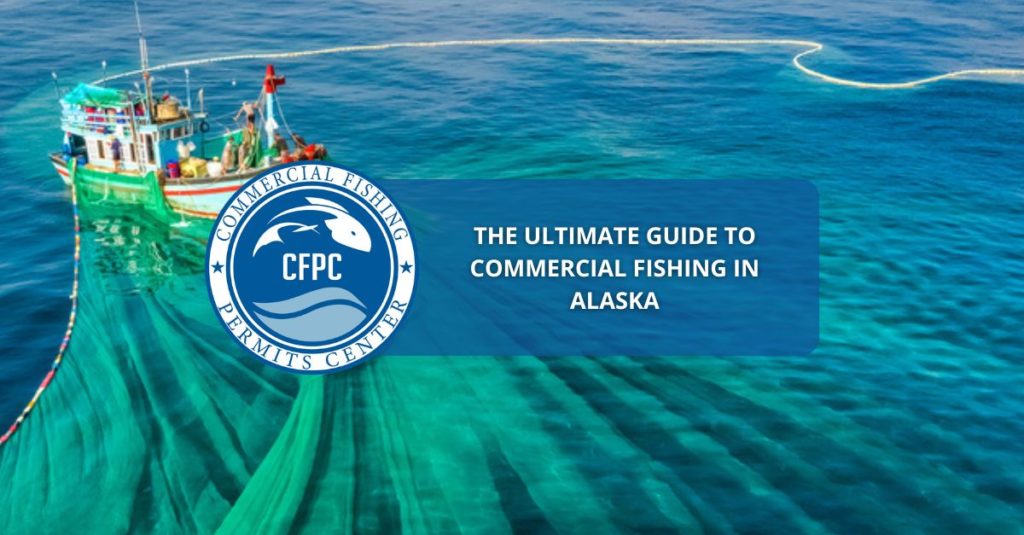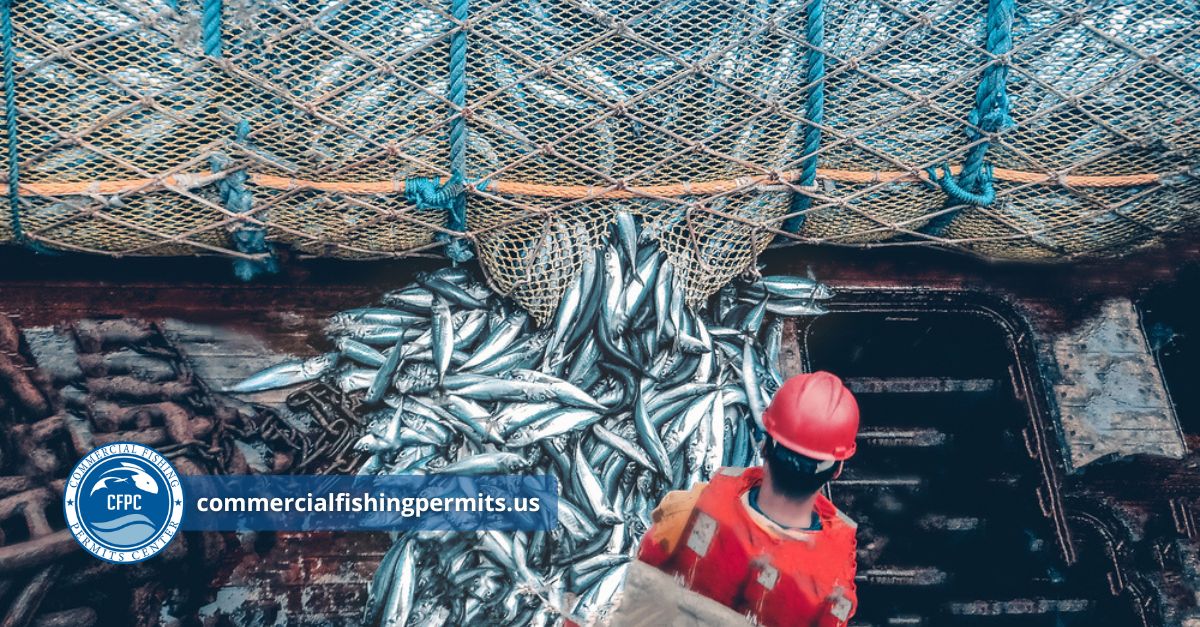Alaska is well known for having an abundance of marine life and a lengthy coastline, making it an excellent location for commercial fishing. The sector contributes significantly to the state’s economy and employs tens of thousands of fishermen and fish workers each year. You must be very knowledgeable about Alaska’s regulations, Alaska fishing permit requirements, and available fish species if you intend to engage in commercial fishing there.
Popular Alaskan Fish
There are several species of fish that may be found in Alaska, and many of them are fished for profit. Salmon, halibut, black cod, crab, shrimp, and pollock are a few of the most popular species. The National Oceanic and Atmospheric Administration (NOAA) and the Alaska Department of Fish and Game (ADFG) decide on seasons and quotas for each species.
Rules and Regulations for Fishing in Alaska
In order to maintain healthy fish populations, commercial fishing is strictly restricted in Alaska. Alaskan fisheries are managed by the ADFG and NOAA. There are specific regulations and license requirements for each type of fishing. Limited entrance permits, crewmember licenses, vessel licenses, and federal fishing permits for species like halibut and sablefish are some of the most popular kinds of commercial Alaska fishing permits.
Obtaining a commercial fishing license in Alaska may be a difficult and drawn-out procedure. Fortunately for everyone, the Commercial Fishing Permits Center makes it simple and secure to get and renew all types of commercial fishing permits in the United States online. By using our service, anglers may save time and effort by requesting permits while relaxing in their own homes.
Get Your Alaskan Fishing And Crab Permits From Us.
We currently offer 21 different fishing licenses for Alaska. Applications for these permits can be submitted in two different ways: “Alaska License Limitation Program Applications for Groundfish and Crab” and “The Bering Sea and the Aleutian Islands Crab Rationalization Applications.” In the latter, there are 18 programs that can help you grow your commercial fishing business in various ways. Through our portal, you may apply for many sorts of licenses, including the Registered Crab Receiver Permit, the Annual Crab Individual Fishing Quota (IFQ), and more.
Alaskan Commercial Fishing Benefits The Local Economy And Community.
Commercial fishing in Alaska not only creates jobs but also boosts the local economy. The various Alaskan villages’ economies can expand by upholding sustainable fishing methods. The economy and social services of many coastal Alaskan villages are heavily reliant on the fishing industry. Local taxes as well as the sale of fish go toward generating this income. It cannot be overstated how essential fishing is to Alaskans and Alaskans in general.
Benefits of Obtaining a Commercial Fishing Permit
You are permitted to legally fish in Alaskan waters if you launch your boat with one of these federal commercial fishing licenses for Alaska. It is not worth the possibility of getting into legal difficulty to access navigable waterways without the appropriate licenses.
The control and regulation of animal protection as well as catch and business-related issues on land and at sea are the responsibility of state authorities. There are regulations in place that prohibit hunting or catching certain animals. There can be a cap on the total number of fish that can be caught, depending on the season. States frequently take this action when population growth or excessive commercial activity threatens an area’s environment in order to keep fish populations safe and healthy. Be sure to visit our blog to learn more about the many fish species that are available throughout the year.
The Commercial Fishing Sector In Alaska Must Be Sustainable.
Sustainability is one of the most crucial factors in the commercial fishing sector in Alaska. The state has taken a variety of measures to ensure the long-term well-being and survival of fish populations, including establishing rigorous quotas, placing restrictions on fishing gear, and safeguarding fish habitats. Additionally, fishermen must employ sustainable fishing techniques, such as avoiding regions where endangered species may be present and utilizing selective gear to reduce bycatch.
Everyone Plays a Role
Buying seafood that has been verified as having been caught in a sustainable manner is another way that people may support sustainable fishing. People may locate seafood that was caught sustainably by using certification schemes offered by organizations like the Marine Stewardship Council and Alaska Seafood.
How to Prosper in Commercial Fishing in Alaska
Commercial fishing in Alaska is a difficult industry with many regulations, but it can be quite lucrative for those who are ready to put in a lot of effort. In order to fish successfully in Alaska, you must be knowledgeable about the laws, licenses, and environmentally friendly techniques. The Commercial Fishing Permits Center’s online gateway can make it simpler for fishermen to get commercial fishing licenses and Alaska fishing permits, allowing them to spend more time doing what they do best: catching fish.



No Comments
Be the first to start a conversation